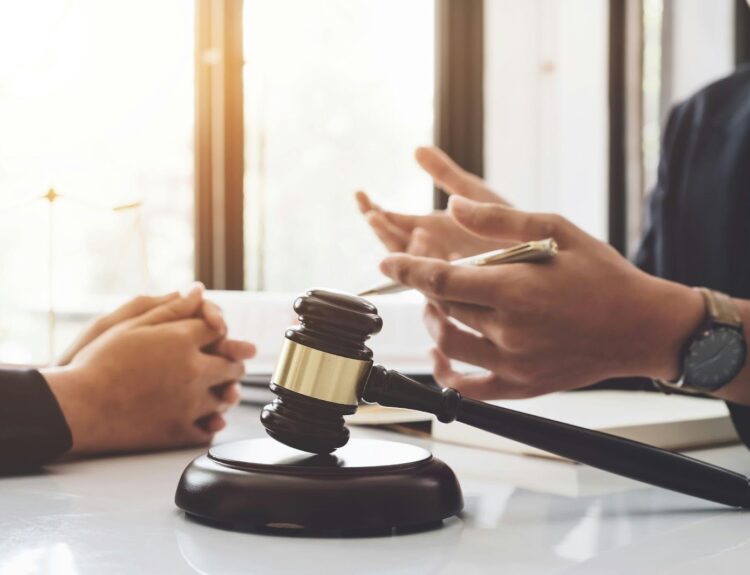California’s Comparative Fault Law can significantly impact personal injury cases. This law means that even if a person is partially at fault for their injuries, they can still recover damages, although those damages will be reduced by their percentage of fault. For example, if someone is found to be 30% responsible for an accident, they can still receive 70% of the total damages awarded.
This approach ensures that fault is fairly distributed, reflecting the actions of all parties involved. Personal injury claimants should be aware of how this law affects potential compensation and legal strategies. Understanding these nuances can be crucial for maximizing recovery in a personal injury case.
Contents
Understanding California’s Comparative Fault Law
California’s Comparative Fault Law allows for the allocation of fault among multiple parties in a personal injury case. This means that each party’s degree of fault impacts the damages awarded.
Definition of Comparative Fault
Comparative fault, also known as comparative negligence, determines the extent to which each party is responsible for an incident. In California, even if a plaintiff is partially at fault, they can still recover damages.
California follows a “pure” comparative fault system. This means a plaintiff can recover damages even if they are 99% at fault. The compensation will be reduced by the percentage of their fault.
This system promotes fair outcomes by recognizing the shared responsibility in accidents. It aims to distribute costs based on the degree of fault rather than barring recovery entirely for minor faults.
How Comparative Fault Affects Damages
In a personal injury case, the calculation of damages involves determining each party’s fault percentage. For example, if a court awards $100,000 in damages but finds the plaintiff 25% at fault, the plaintiff would receive $75,000.
Lawyers at Caputo & Van Der Walde can help navigate these calculations. They provide clarity on how fault is assessed and ensure clients understand potential reductions in their compensation.
It’s important to accurately present evidence and argue fault percentages. Missteps in this complex area can significantly affect the damages awarded, highlighting the value of experienced legal representation.
In a personal injury case, establishing fault and having solid legal representation are critical. It’s also important to know the steps to take immediately after an accident to protect your rights and strengthen your case.
Determining Fault in an Injury Case
Determining fault is crucial in any personal injury case. California follows the comparative fault rule, which means multiple parties can share liability. Each party’s fault is expressed as a percentage.
For example, if an injured person is found to be 20% at fault, their compensation will be reduced by 20%. Evidence such as police reports, witness statements, and expert testimony plays a critical role. Accurately assessing fault can significantly impact the outcome of the case.
The Role of Legal Representation
Legal representation is essential for navigating a personal injury case. An experienced attorney understands the nuances of California’s comparative fault law. They can help gather evidence, negotiate settlements, and represent you in court.
Having legal counsel increases the likelihood of receiving fair compensation. Attorneys can also provide valuable guidance on the strength of your case based on evidence and legal precedents.
Steps to Take After an Accident
Taking immediate steps after an accident is important for protecting your rights. First, seek medical attention even if injuries appear minor. Document the scene with photos and gather contact information from witnesses.
Notify your insurance company but avoid discussing fault. Consulting a personal injury attorney early can help ensure you follow proper procedures. These actions help strengthen your case and facilitate a smoother legal process.




